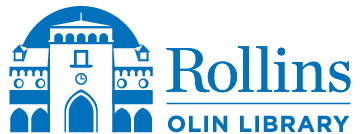Date of Award
Spring 2011
Thesis Type
Open Access
Degree Name
Master of Liberal Studies
Advisor(s)
Dr. Claire Strom
Abstract
This thesis project discusses the evolution of gay districts in urban centers from the late 1800s to present day. These gay districts transformed as American society and culture changed over the decades. The project begins by looking at the gay ghettos of the late 1880s through the 1910s as places of containment for the “unwanted” populations of a city. The 1920s and 1930s see the rise of the gay village, a place of sexual exploration and entertainment where the gay population found safety and a source of income. Gay districts then became unsafe to frequent during the Red Scare of the 1940s and 1950s causing the gay community to go underground. The population reemerged in the 1960s and 1970s in gay neighborhoods with the birth of gay activism after the Stonewall Inn Riots. The project concludes by presenting the Thornton Park neighborhood of Orlando, Florida as the newest version of the gayborhood. This neighborhood began its rise to prosperity in the mid-1990s. The LGBT community played a large role in its revitalization from an area of flop houses to the premier neighborhood of Orlando. Thornton Park is welcoming to everyone, whether gay, straight, old retiree, or young professional. Its vibrant social and economic scene and its beautiful architecture attract visitors from all over the greater Orlando area. What makes this the new gayborhood is the fact that when you walk the shady tree-lined streets you don’t see the traditional markers of older gay districts like rainbow flags and drag clubs. Thornton Park has no need to mark itself as a gay district, it is simply a great neighborhood in which to live, work and play.
Recommended Citation
Walter, Cori E., "It’s a Beautiful Day in the Gayborhood" (2011). Master of Liberal Studies Theses. 6.
https://scholarship.rollins.edu/mls/6

